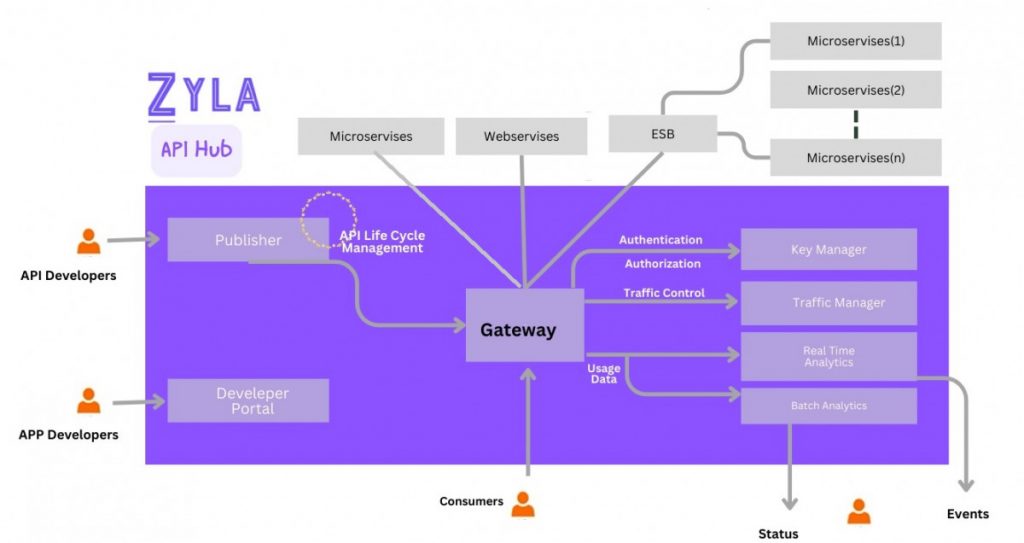In the complex landscape of API monetization, finding the right strategy is like navigating a maze. This blog unveils the key factors and explores the diverse API monetization strategies available.
What API Monetization Strategies Are There?
Embarking on the journey of API monetization is akin to navigating a maze with diverse paths leading to varying success levels. The burning question: What API Monetization Strategies Are There? This blog aims to guide API providers through the intricacies and unveil the optimal route for their API strategy.
Key Factors To Consider
Understanding the unique value of your API is crucial. Questions like, “What problem does your API solve?” and “How does it differentiate from competitors?” set the foundation. Consider diverse monetization models, including subscription, pay-per-use, tiered pricing, freemium, transaction fees, and data monetization.
Analyzing the target audience and their usage patterns is another critical step. Are your users large enterprises or individual developers? Do they prefer predictability or flexibility in payment models? Evaluate your resources, capabilities, and competitors’ strategies while staying updated on market trends.
Remember, there’s no one-size-fits-all solution. Experimentation and flexibility are key. Start small, offer diverse pricing options, prioritize developer experience, and continuously refine your strategy based on real-world data.
Collaborating With API Marketplaces: A Strategic Move
Digital platforms like API marketplaces offer a synergistic approach to API Monetization Strategies. They provide a structured environment for API discovery, security, management, bundling, and self-service. Zyla API Hub stands out, offering a well-organized marketplace with unified security, streamlined management, flexible bundling, and simple self-service.
Benefits Of the API Hub
Key benefits of Zyla API Hub are:
- Easy Discovery: A user-friendly interface for efficient API search.
- Unified Security: Robust governance and security measures instill confidence.
- Streamlined Management: Tracking usage and performance metrics for optimal results.
- Flexible Bundling: Logical grouping for a comprehensive API offering.
- Simple Self-Service: Accelerated onboarding and efficient API consumption.
Adding A New API To The API Hub: A Step-by-Step Guide
- Registration: Begin by registering on Zyla API Hub using the form or your GitHub account.
- API Naming and Description: Craft a concise and descriptive name with a compelling short description.
- Detailed Description: Provide essential API information, use cases, and limitations.
- Category, Website, and Icon: Choose a relevant category, link to your website, and select an icon.
- Plans and Pricing: Set plans and pricing, ensuring at least a free and basic plan.
- Tags and Rate Limits: Add tags for ranking and enable rate limits for controlled API calls.
- Access Control and Authentication: Implement access control and authentication with specified key details.
- Base URL and Endpoints: Declare the base URL, specify method, and indicate cache clearing frequency.
- Additional Parameters and Headers: Manage parameters, headers, and response transformations.
- Save and Publish: Once details are set, save and publish your API on the API Hub.
Conclusion
Navigating the maze of API Monetization Strategies is complex but rewarding. By understanding key factors, exploring diverse strategies, and leveraging collaborative platforms like Zyla API Hub, API providers can unlock the true potential of their valuable assets. It’s time to strategize, experiment, and thrive in the dynamic realm of API monetization.
For more information read my blog: How To Choose The API Monetization Strategy That Suits Me Best?



